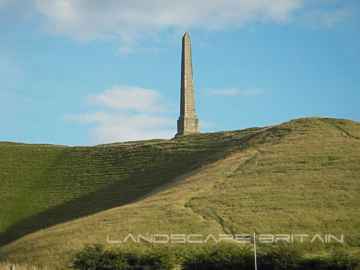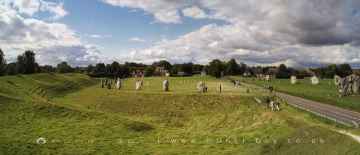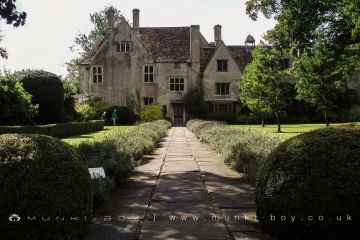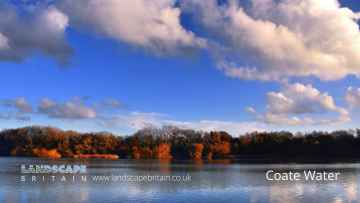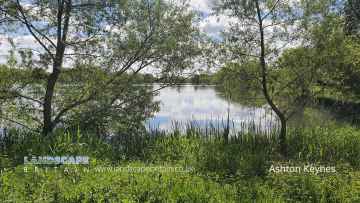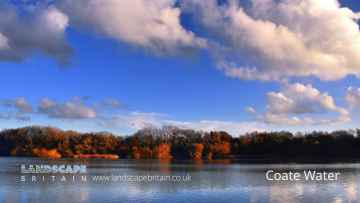Salisbury
Salisbury is a City in the county of Wiltshire.
There are great places to visit near Salisbury including some great historic monuments, ancient sites, historic buildings, country parks, parks, villages and lakes.
There are a number of historic monuments near Salisbury including Lansdowne Monument, Cherhill White Horse, and Avebury.
Avebury, West Kennet Long Barrow, The Sanctuary, Silbury Hill, and Barbury Castle are great places to visit near Salisbury if you like ancient sites.
Historic Buildings to visit near Salisbury include Avebury Manor.
Salisbury has some unmissable country parks nearby like Coate Water Country Park, Barbury Castle Country Park, and Lydiard Park.
Salisbury is near some unmissable parks like Lydiard Park,
The area around Salisbury's best villages can be found at Ashton Keynes.
Coate Water is one of Salisbury's best, nearby lakes to visit in Salisbury.
Salisbury History
There are some historic monuments around Salisbury:
Places to stay near Salisbury
Places to see near Salisbury
Etymology of Salisbury
The name Salisbury, which is first recorded around the year 900 as Searoburg (dative Searobyrig), is a partial translation of the Roman Celtic name SorbiodÅ«num. The Brittonic suffix -dÅ«non, meaning “fortress” (in reference to the fort that stood at Old Sarum), was replaced by its Old English equivalent -burg. The first part of the name is of obscure origin. The form “Sarum” is a Latinization of Sar, a medieval abbreviation for Middle English Sarisberie.
History of Salisbury
Bishop of Salisbury Hubert Walter was instrumental in the negotiations with Saladin during the Third Crusade, but he spent little time in his diocese prior to his elevation to archbishop of Canterbury. The brothers Herbert and Richard Poore succeeded him and began planning the relocation of the cathedral into the valley almost immediately. Their plans were approved by King Richard I but repeatedly delayed: Herbert was first forced into exile in Normandy in the 1190s by the hostility of his archbishop Walter and then again to Scotland in the 1210s owing to royal hostility following the papal interdiction against King John. The secular authorities were particularly incensed, according to tradition, owing to some of the clerics debauching the castellan’s female relations. In the end, the clerics were refused permission to reenter the city walls following their rogations and processions. This caused Peter of Blois to describe the church as “a captive within the walls of the citadel like the ark of God in the profane house of Baal”. He advocated Herbert Poore’s successor and brother Richard Poore eventually moved the cathedral to a new town on his estate at Veteres Sarisberias (“Old Salisburies”) in 1220. The site was at “Myrifield” (“Merryfield”), a meadow near the confluence of the River Nadder and the Hampshire Avon. It was first known as “New Sarum” or New Saresbyri. The town was laid out on a grid. Work on the new cathedral building, the present Salisbury Cathedral, began in 1221. The site was supposedly established by shooting an arrow from Old Sarum, although this is certainly a legend: the distance is over 3 km (1.9 mi). The legend is sometimes amended to claim that the arrow struck a white deer, which continued to run and died on the spot where the cathedral now rests. The structure was built upon wooden faggots on a gravel bed with unusually shallow foundations of 18 inches (46 cm) and the main body was completed in only 38 years. The 123 m or 404 ft tall spire, the tallest in the UK, was built later. With royal approval, many of the stones for the new cathedral were taken from the old one; others came from Chilmark. They were probably transported by ox-cart, owing to the obstruction to boats on the River Nadder caused by its many weirs and watermills. The cathedral is considered a masterpiece of Early English architecture. The spire’s large clock was installed in 1386, and is one of the oldest surviving mechanical clocks in the world. The Cathedral also contains the best-preserved of the four surviving copies of the Magna Carta.







